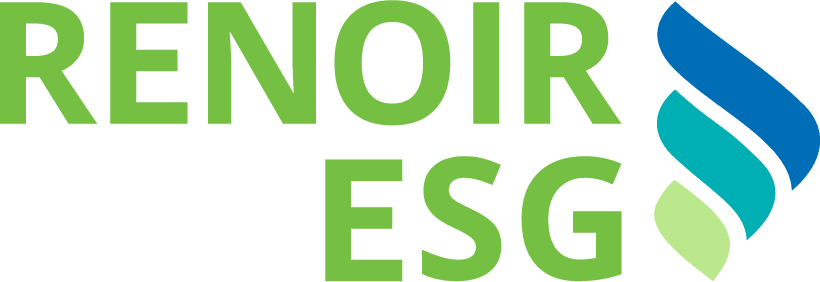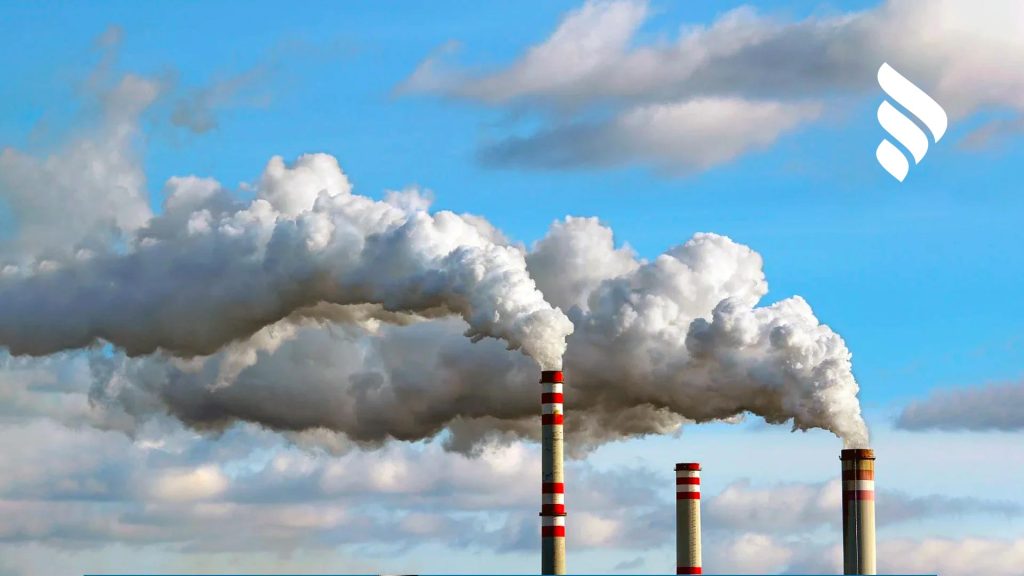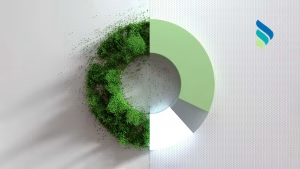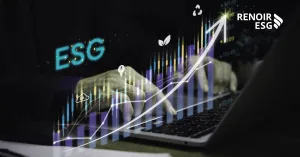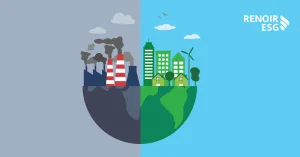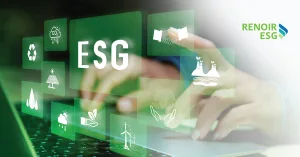Our new series examines the Carbon Border Adjustment Mechanism (CBAM). In part one, we discuss the mechanism in detail, including the implementation timeline, coverage, processes and reporting requirements.
At a Glance
- The EU introduced the Carbon Border Adjustment Mechanism from 1 October 2023, giving it the power to impose a Carbon Border Tax on certain imported goods.
- Companies operating in countries with carbon pricing mechanisms equivalent to the EU’s may be eligible for exemptions.
- It will be rolled out in four phases, with the initial implementation targeting specific products in carbon-intensive sectors.
Climate change is a challenge that requires a global approach to reducing greenhouse gas (GHG) emissions. However, the European Union’s (EU) climate targets raise concerns about “carbon leakage”. This occurs when EU companies relocate carbon-intensive production to countries with less stringent regulations, or when carbon-intensive imports replace domestically produced goods.
To address this, the EU has introduced the Carbon Border Adjustment Mechanism (CBAM), which will come into force on 1 October 2023. This innovative mechanism allows the EU to impose a Carbon Border Tax (CBT) on certain imported goods. Notably, the CBAM is at the heart of the EU’s “Fit for 55” package, which aims to reduce greenhouse gas emissions by at least 55% by 2030.
What is CBAM?
The EU has implemented the CBAM, a first-of-its-kind initiative to tackle carbon leakage. The CBAM works by imposing tariffs on imports of carbon-intensive goods. This mechanism aims to incentivise manufacturers outside the EU to adopt more sustainable practices by mirroring the EU’s carbon market price. Companies operating in countries with carbon pricing mechanisms equivalent to the EU’s may be eligible for exemptions.
The CBAM will be rolled out in a phased approach, with a gradual widening of its scope:
- Phase 1: Initial implementation targeting specific high-carbon sectors and products.
- Phase 2: Extension of scope to encompass additional products and sectors.
- Phase 3: Further expansion to include more products and sectors at risk of carbon leakage.
- Phase 4: Full implementation, covering a comprehensive range of products and sectors.
Initially, the CBAM will focus on specific products within the following carbon-intensive sectors:
- Aluminium
- Cement
- Electricity
- Fertilisers
- Hydrogen
- Iron and steel (including some downstream products)
The CBAM Process
The key steps in the CBAM process are:
1. Registration: EU importers of CBAM-covered goods must register with their national authorities to participate in the system.
2. Certificate Acquisition: Importers will purchase CBAM certificates, the price of which will be linked to the EU’s carbon market allowance.
3. Emissions Declaration: Importers declare the embedded emissions associated with their imports under the CBAM scheme.
4. Certificate Surrender: Importers to surrender CBAM certificates based on their declared emissions, ensuring accountability for the carbon footprint of their imports.
5. Exemptions for Equivalent Carbon Pricing: Importers from countries with equivalent carbon pricing mechanisms may be exempted from purchasing CBAM certificates.

Double materiality for corporate leadership

Why supply chain sustainability is a business necessity
Ready for a change in your organisation?
CBAM Reporting Requirements: Transitional Phase
During the CBAM transitional phase (until January 2026), declarants must submit quarterly reports containing the following information:
- Quantity: The total quantity of each CBAM-listed good, categorised by the producing facility in the country of origin.
- Embedded Emissions: Direct emissions per metric tonne for each good and indirect emissions from third-party electricity used in production.
- Carbon Pricing: Any carbon price information paid in the country of origin for the embedded emissions.
Declarants must ensure that all reported emissions are verifiable and supported by appropriate documentation.
Expert Guidance to prepare for CBAM
RenoirESG’s multidisciplinary team of experts with diverse professional backgrounds can help. We have the credentials and track record to deliver world-class sustainability and climate change consulting services in line with the highest global sustainability standards.
To find out more about our full range of services, please visit this page.
Did you find this article useful? Stay tuned for the next part of this series.
Are you finding it difficult to navigate this increasingly demanding ESG landscape?
